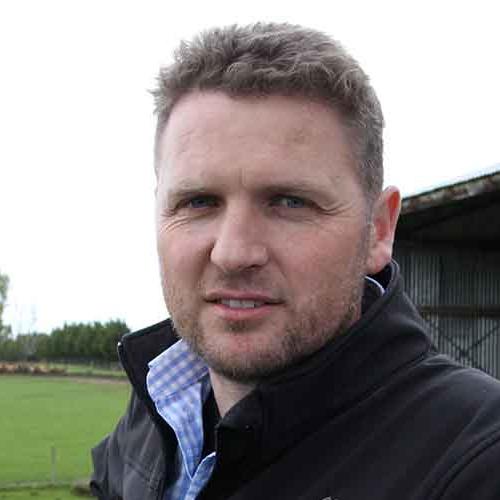Search results
Displaying 151 - 160 results of 693
- Resource book… have increased from 30m 197576 67 2014 trends stock numbers illustrated figure 1 below … service little scope increased pastoral livestock numbers land development has been … new zealands economic service sheep beef farm survey shows eight per cent sheep beef farms …
- … limited intellectual property lic livestock improvement corporation map … value all involved new zealand livestock industry idea bringing together single … infected more than one subtype map typing surveys map isolates from deer lymph nodes …
- Resource book… available databases like national vegetation survey nvs database citizen science databases … forest block has been fenced exclude stock part qeii since 1993 scattered native scrub several gullies hillsides areas stock excluded many areas native plantings …
- Other PDF… when losses difficult mitigate through stock exclusion little health risk … 9 221 background 9 222 potential benefits stock exclusion 9 223 modelled benefits … farm class 14 table 6 estimated area lnz survey farms percentage grassland would need …
- External resource… 25 appendix methodology 26 appendix survey results 27 overall 27 supported helped … role onfarm 217 other includes head shepherd stock manager general hand figure 6 what … 7 what your farm class 217 figure 8 what livestock focus your business 217 question …
- PodcastFourth-generation North Canterbury farmer Andy Fox has personally experienced and beaten the “down side” of stress and knows the difference the support of others can make when times are tough. Over …

- Podcast… head into the winter and coping with excess stock numbers. …

- Industry data… classes 1 2 ranked nationally ebitrm per stock unit ebitrmsu due scale extensive … data points collected each year from each our survey farmers document available from data … geographical regions sheep beef cattle stock units data associated physical financial …
- Industry data… classes 1 2 ranked nationally ebitrm per stock unit ebitrmsu due scale extensive … data points collected each year from each our survey farmers document available from data … geographical regions sheep beef cattle stock units data associated physical financial …
- Industry data… classes 1 2 ranked nationally ebitrm per stock unit ebitrmsu due scale extensive … data points collected each year from each our survey farmers document available from data … geographical regions sheep beef cattle stock units data associated physical financial …